Brittany, France’s northwesternmost region, is a rugged peninsula jutting into the Atlantic, famed for its dramatic coastline, Celtic heritage and charming Medieval architecture. For our purposes, it’s home to pristine shellfish, outstanding produce and some of the world’s choicest salted butter.


Not knowing which of the many picturesque villages to select as our home base, I ripped a page from the Moeller family playbook (where travel is always in service of world-class sweets) and planned a four-day excursion to Douarnenez, the birthplace of the salted butter-showboat known as kouign-amann.
The purported origin story of this opulent butter cake (kouign means “cake” and amann means “butter” in the Breton language) is one of those happy accidents wherein a local baker, who had run out of cakes for his hungry customers, improvised a recipe with ingredients he had on hand: bread dough, salted butter and sugar.
He repeatedly folded the butter and sugar into the dough, crafting layer upon layer, and what emerged from the oven was a flaky pastry oozing butter and sugar with a soft center and crisp, caramelized outside. Voilà — le kouign-amann.
For our first taste of the town’s signature confection, BB and I sauntered through a maze of narrow streets, past tidy homes with lush gardens, to the port of Tréboul, where a large, open-air market takes place twice weekly.
Accompanied by the peaceful melody of small pleasurecraft bobbing in the breeze, we paused at stalls brimming with sweet-as-nectar Plougastel strawberries, neon-hued spring lettuces and oysters plucked from the surrounding waters.
We located the object of our desire at a stall selling local pastries such as far breton, (a prune-studded flan) and gâteau breton (a salted butter-enriched shortbread in cake form).
The confection we zeroed-in on was technically a kouignette, a diminutive, snail-shaped kouign (which is traditionally baked as a large cake and served in slices). We giddily licked our lips as the pâtissier unmolded the coiled treat from the tiny tin pan it had been baked inside.
The first bite was familiar — the components of dough, butter and caramelized sugar were all present — yet somehow the resulting pastry was remarkably unlike any kouign-amann we had feasted on previously.
The edges were crunchy and flaky, with a chestnut caramelization. The interior had the toothsome bite and slight tang of sourdough (unlike Stateside kouign-amann, which all seem to be made with too rich croissant dough and are often cloying). The faint saline hit from the beurre demi-sel, coupled with the restrained application of sugar, resulted in a delicacy that was perfectly salty-sweet.
I looked over at BB, who wore a stunned expression on his face. I couldn’t tell if he was experiencing a diabetic coma or some sort of religious epiphany. Several bites in, he turned to me, and said, in a gravely serious tone, “I’m going to need another one of these.”
We continued around the market and came upon a vendor selling even tinier specimens (micro-kouignettes?) in a dizzying array of flavors that blanketed two six-foot tables. We opted for one sweet (almond praline) and one savory (roasted onion), and grabbed one more kouignette from the original stall before departing.
We consumed the onion-stuffed version during a hike along the rugged GR34 coastal trail. While it may have been untraditional, the artisan bread swirled with jammy, confited oignons de Roscoff (a prized regional food of protected origin), was one of the best bites of our trip.
Later that afternoon, holed up in our hotel room during a biblical rain, we drew the shades and set upon the sweets like ravenous beasts. Before long, the praline pastry’s tacky caramel coated our rumpled sheets. BB and I extracted nutty clusters out of the fat-soaked paper bag with epic determination as buttery flakes showered our pajamas.
We were so jacked-up on the devilish mixture of sugar, butter and salt that I barely remember devouring the final pastry.
We stumbled out of our room the following morning, still high on sugar, remarking that we had eaten more than enough kouign for one trip. Yet as soon as we walked into the Boulangerie Sarl Jain Pascal for breakfast, we couldn’t pass-up a slice of butter cake certified by the Association du Véritable Kouign Amann de Douarnenez.
This was the real-deal kouign-amann, adhering to the strict original recipe of 40 percent bread dough, 30 percent butter and 30 percent sugar. Baked to a pale blonde, it lacked the crisp, caramel crunch and the fermented quality that really hooked us.
We spent our remaining days hopping on and off the GR34, exploring desolate beaches and sucking sweet meat from langoustines. While I was glad to depart Douarnenez for fear that my body would shut down from the excessive consumption of salted butter and sugar, I cannot wait to return to this remarkable town to do it all over again.
Check out Part I, where we fell for beurre demi-sel in the wonderful city of Nantes
If you enjoyed this post, please forward it to someone who’d enjoy it, and tap the heart icon above or below. Thanks!


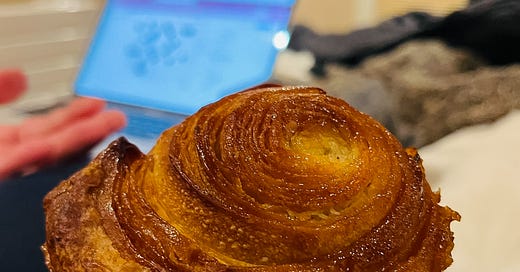


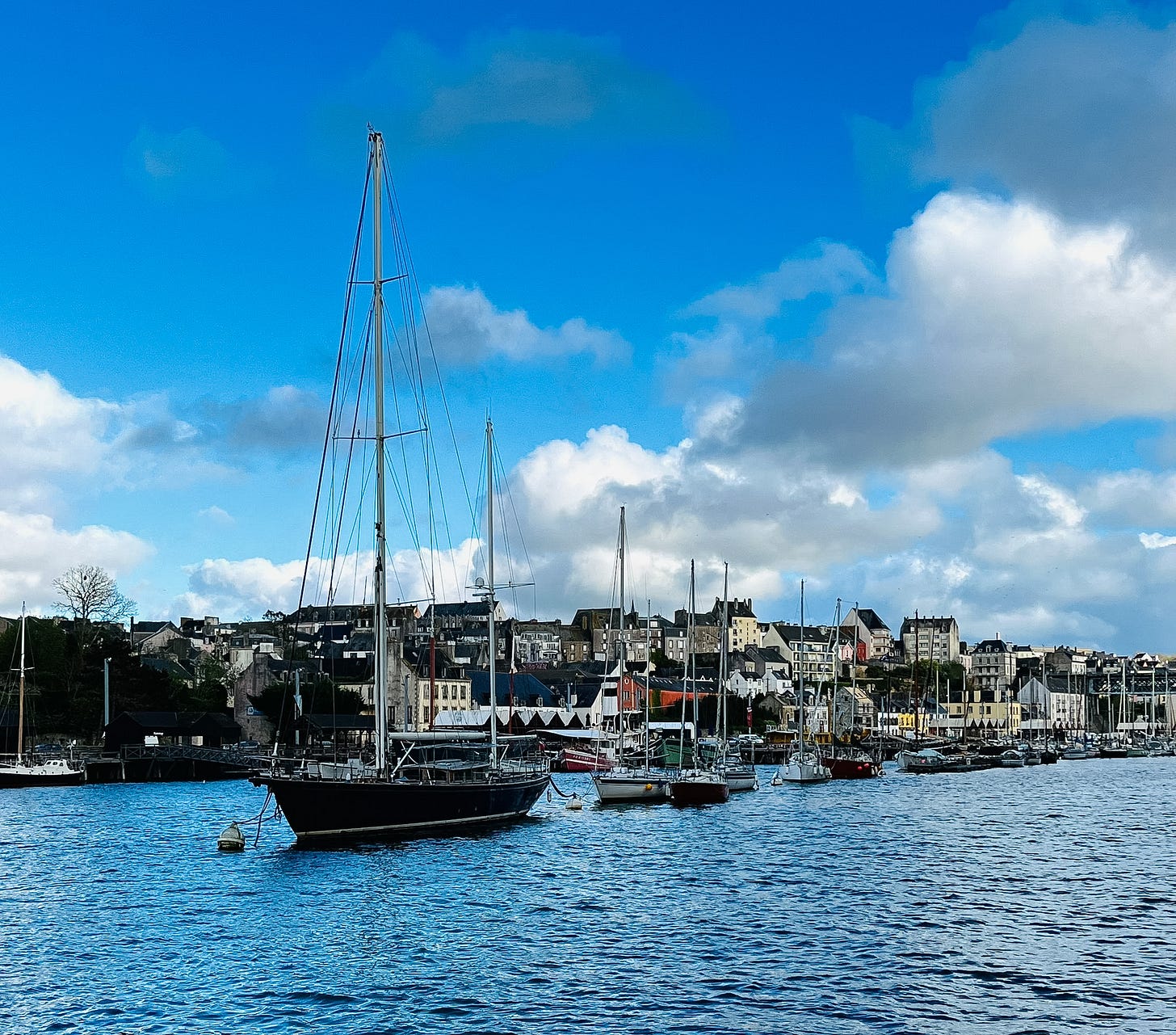
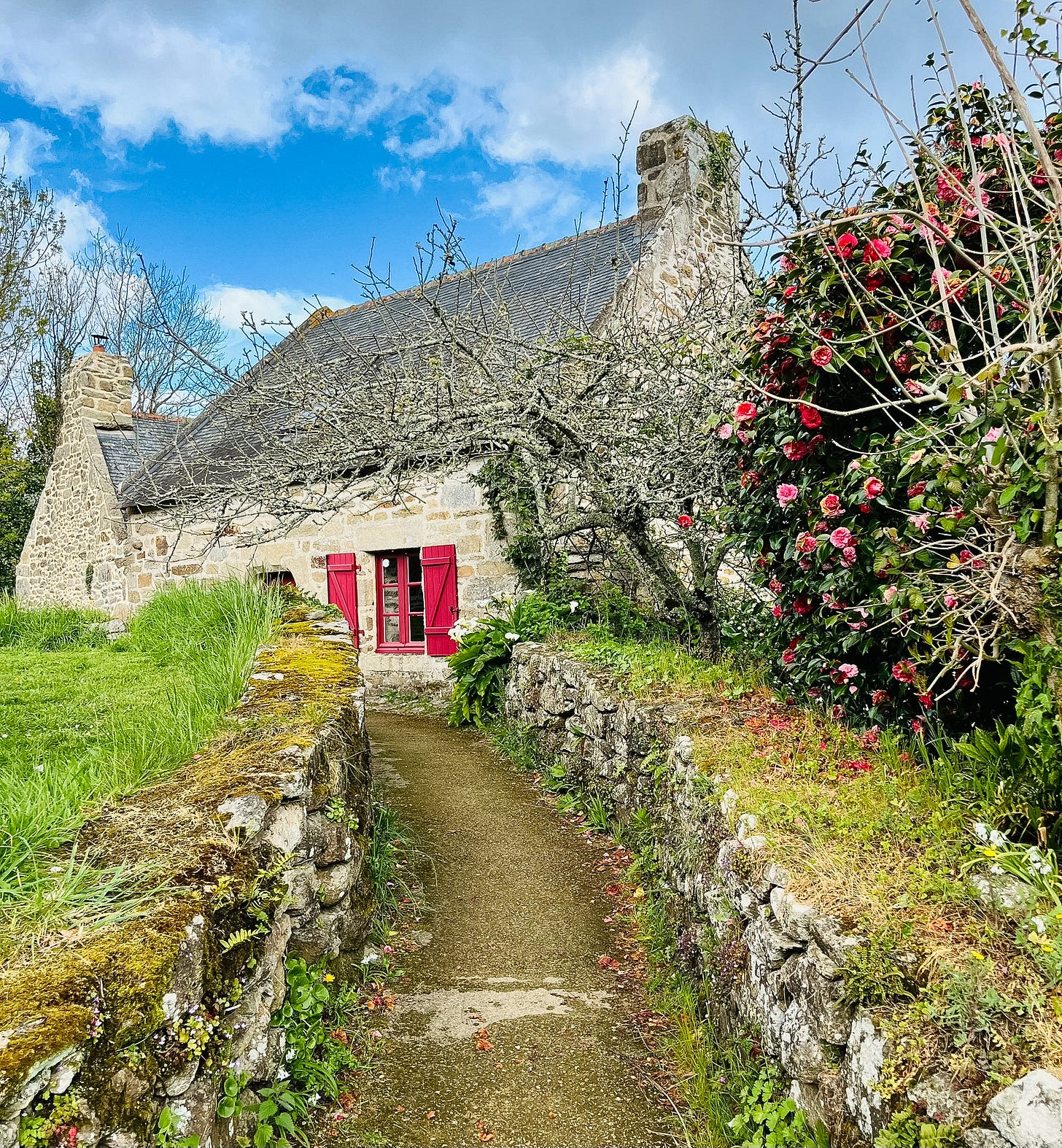
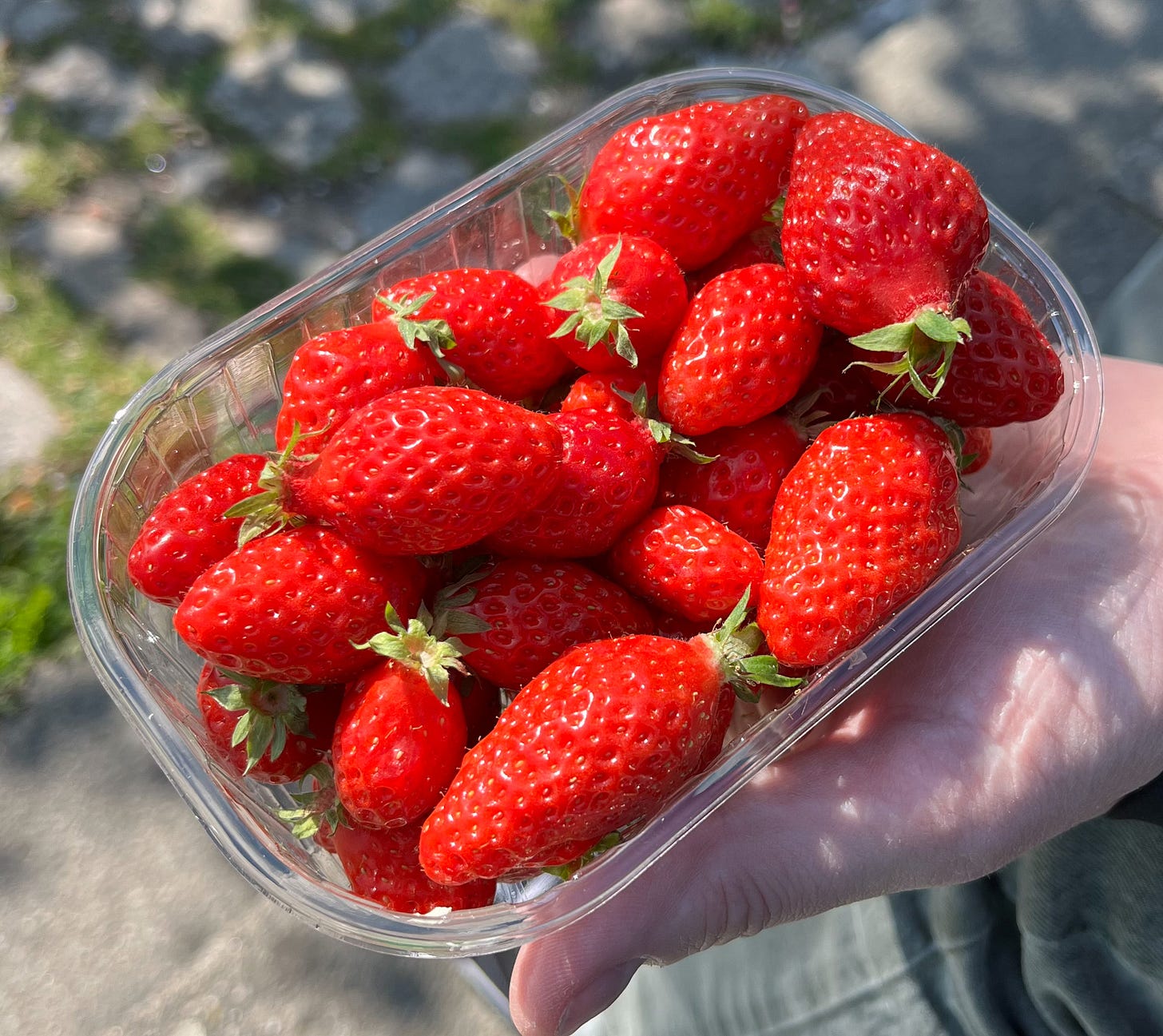

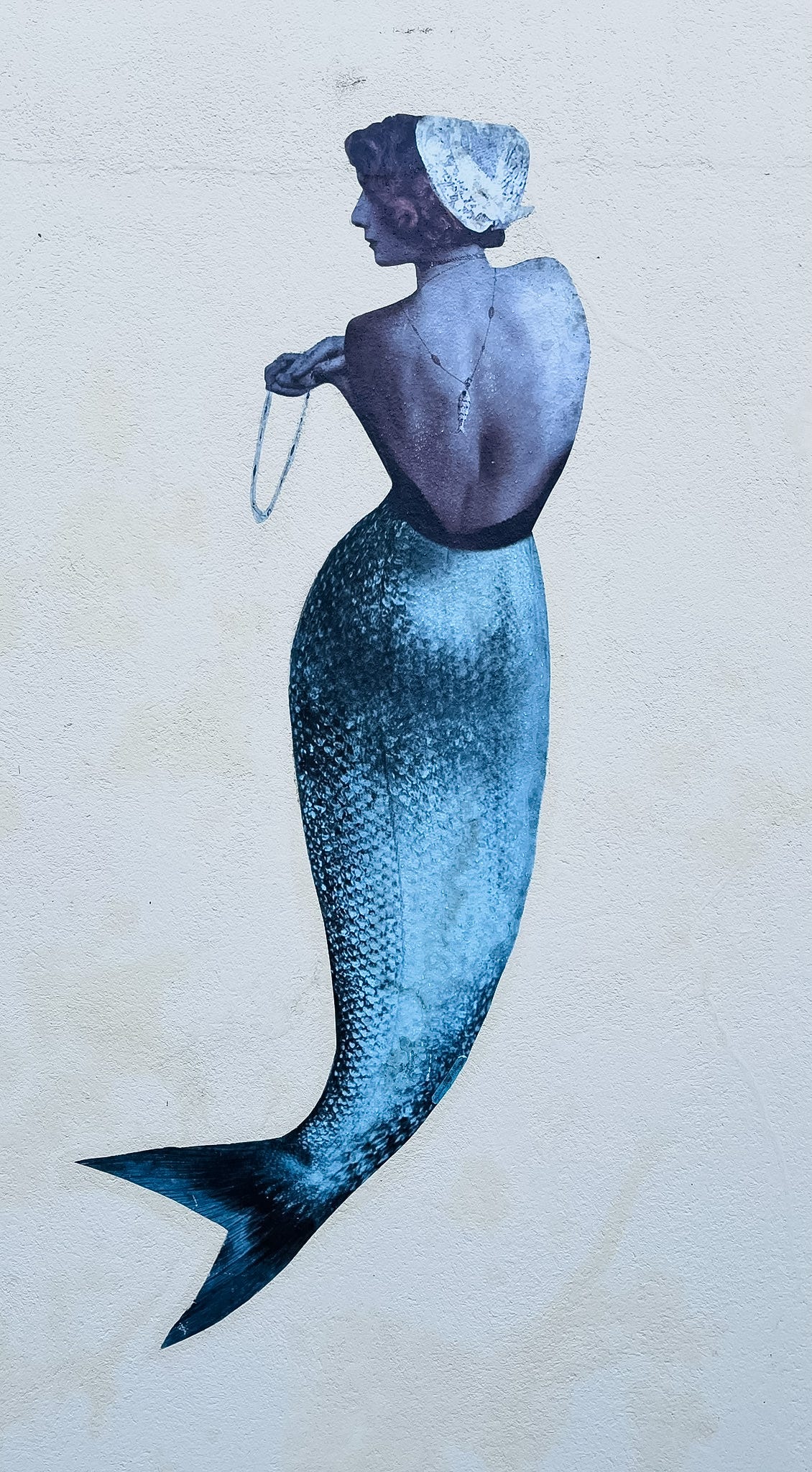
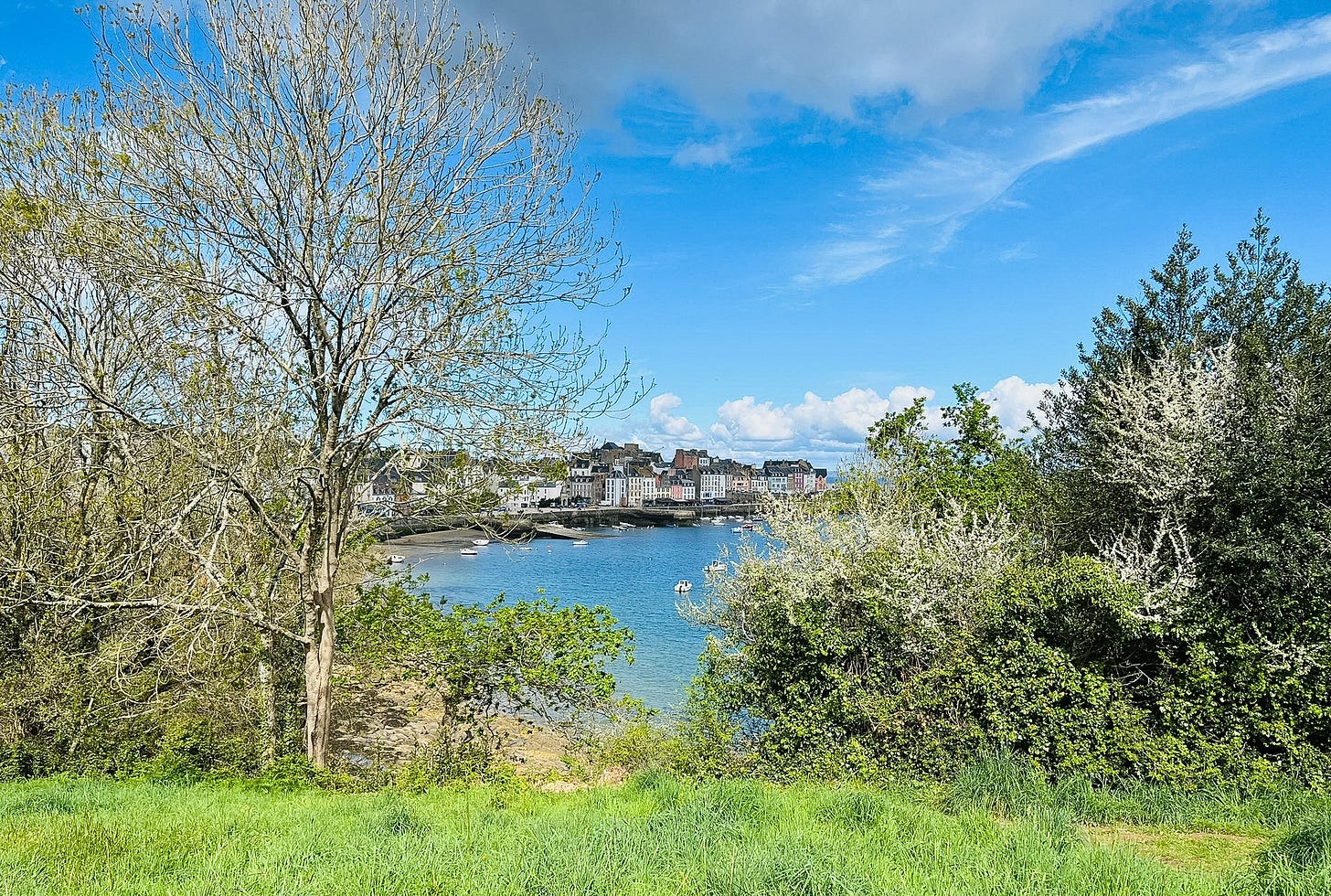
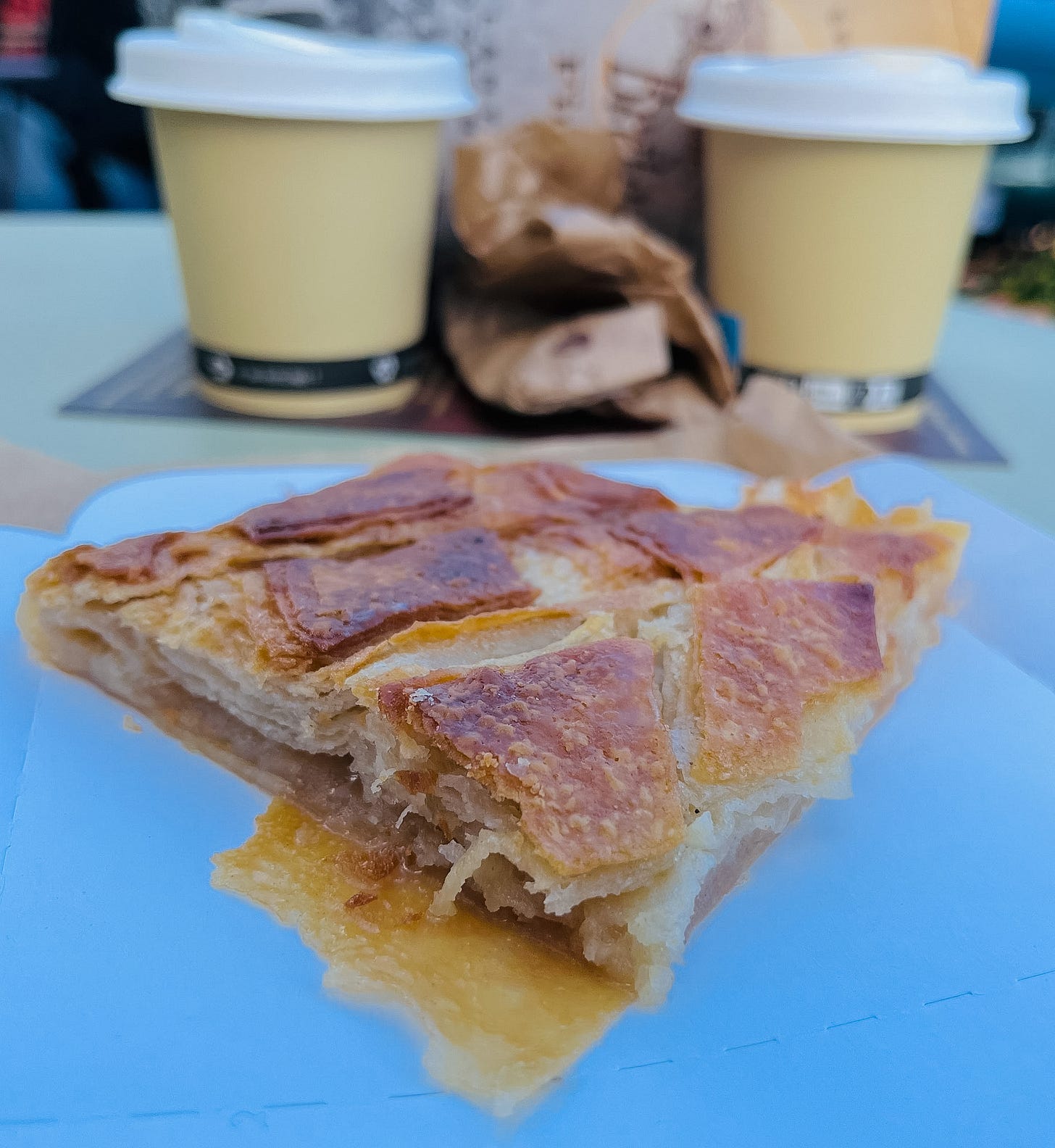

Your posts always make me hungry, but this is getting ridiculous now. Those strawberries look incredible!